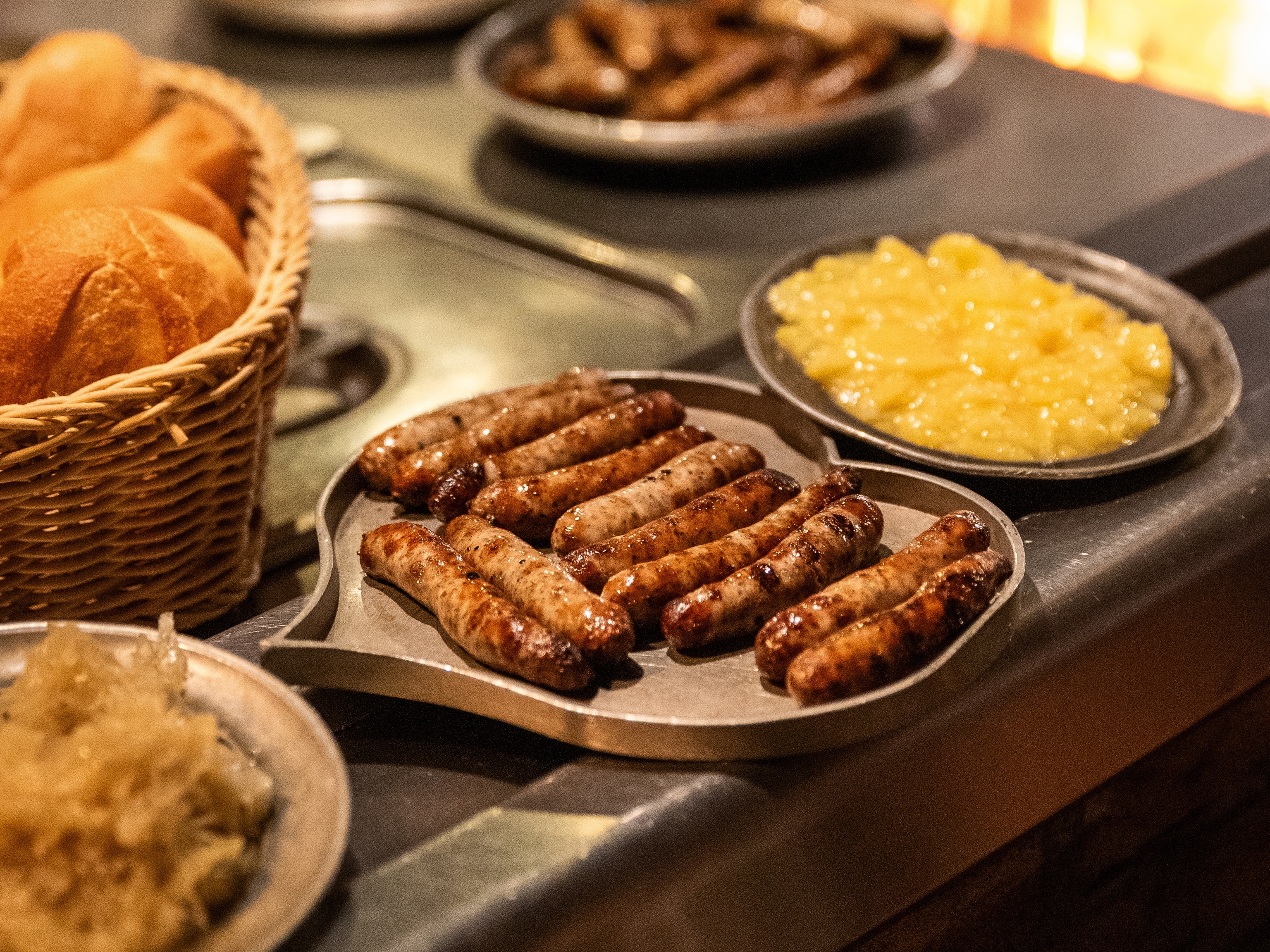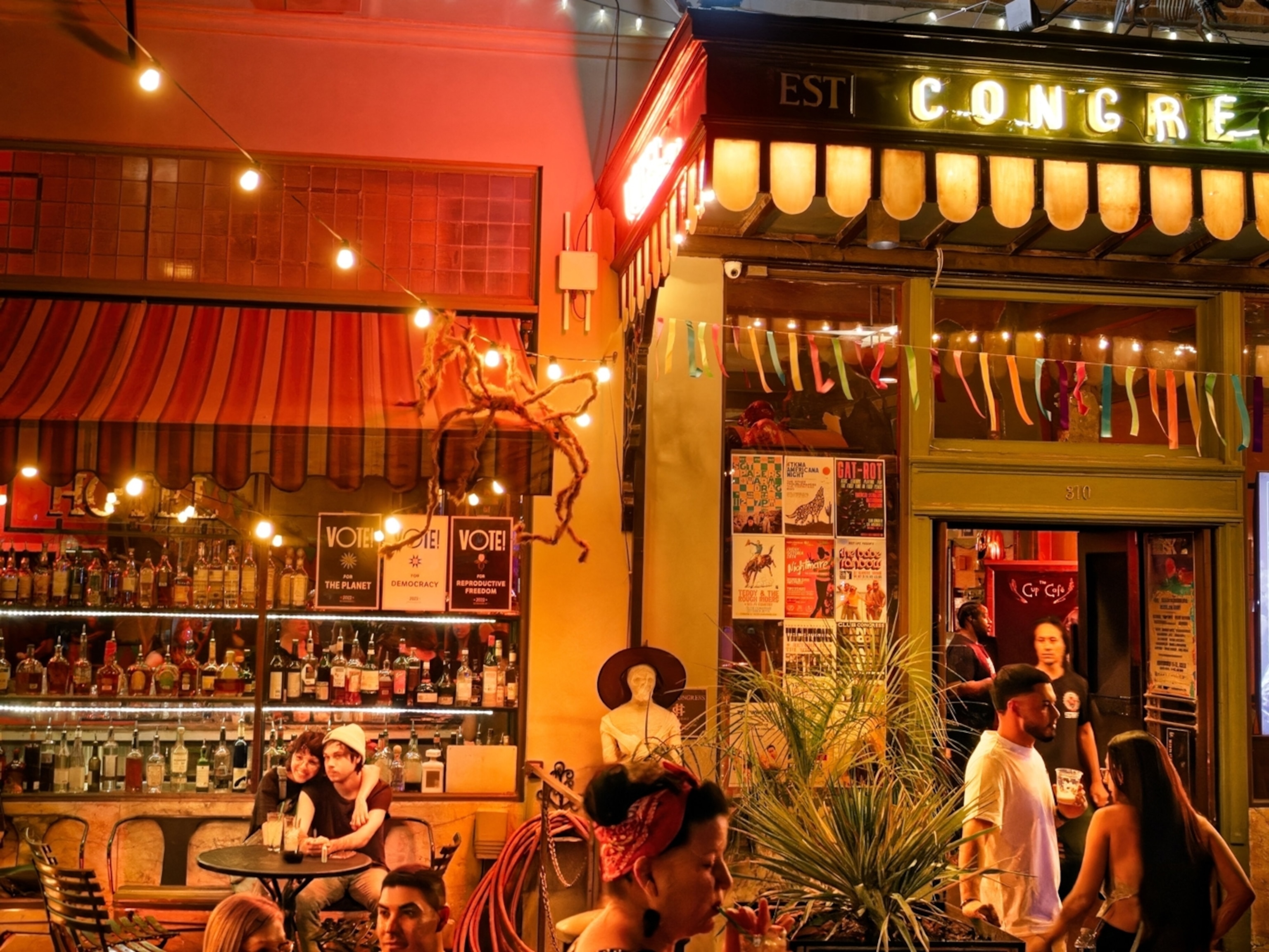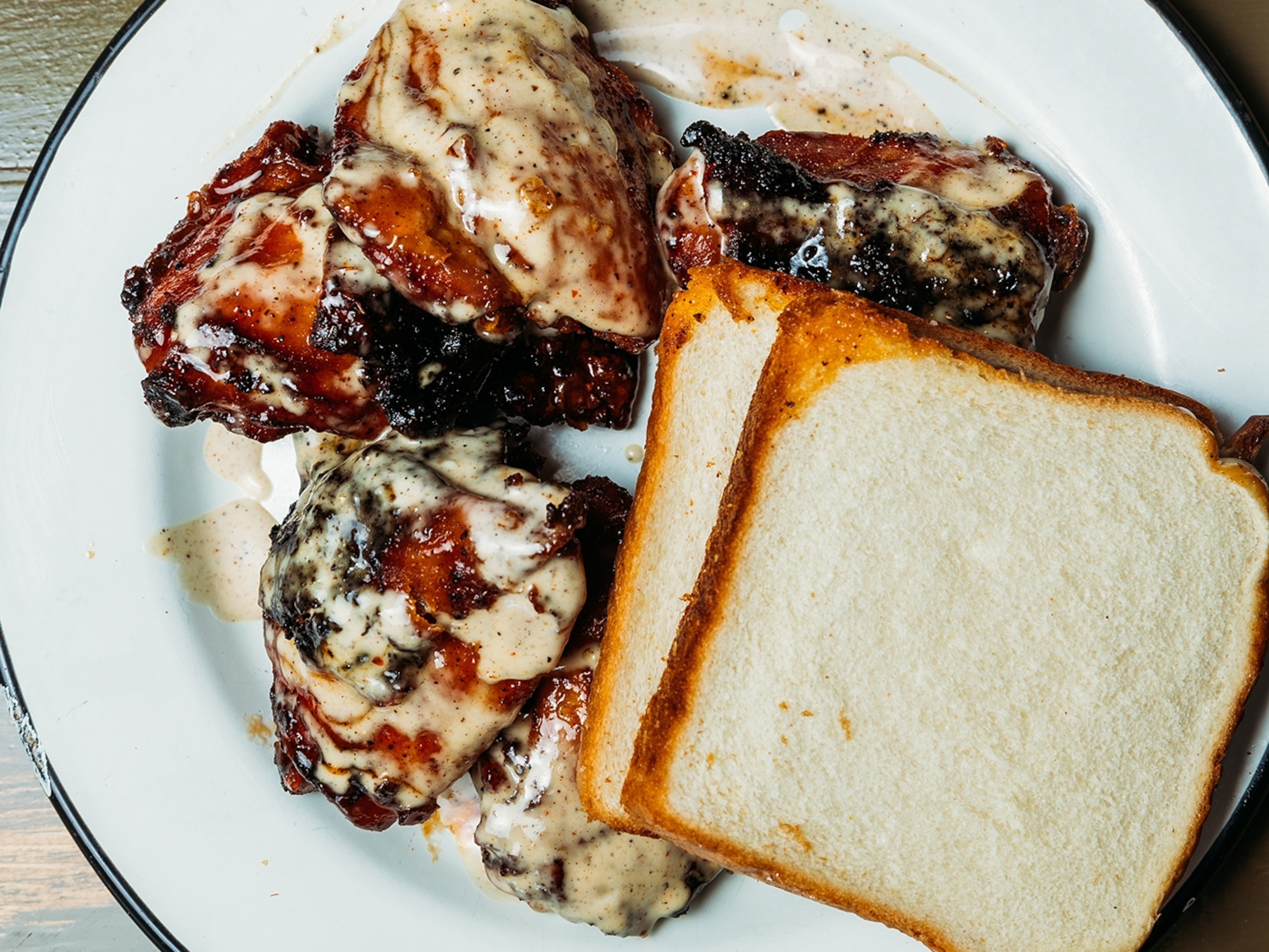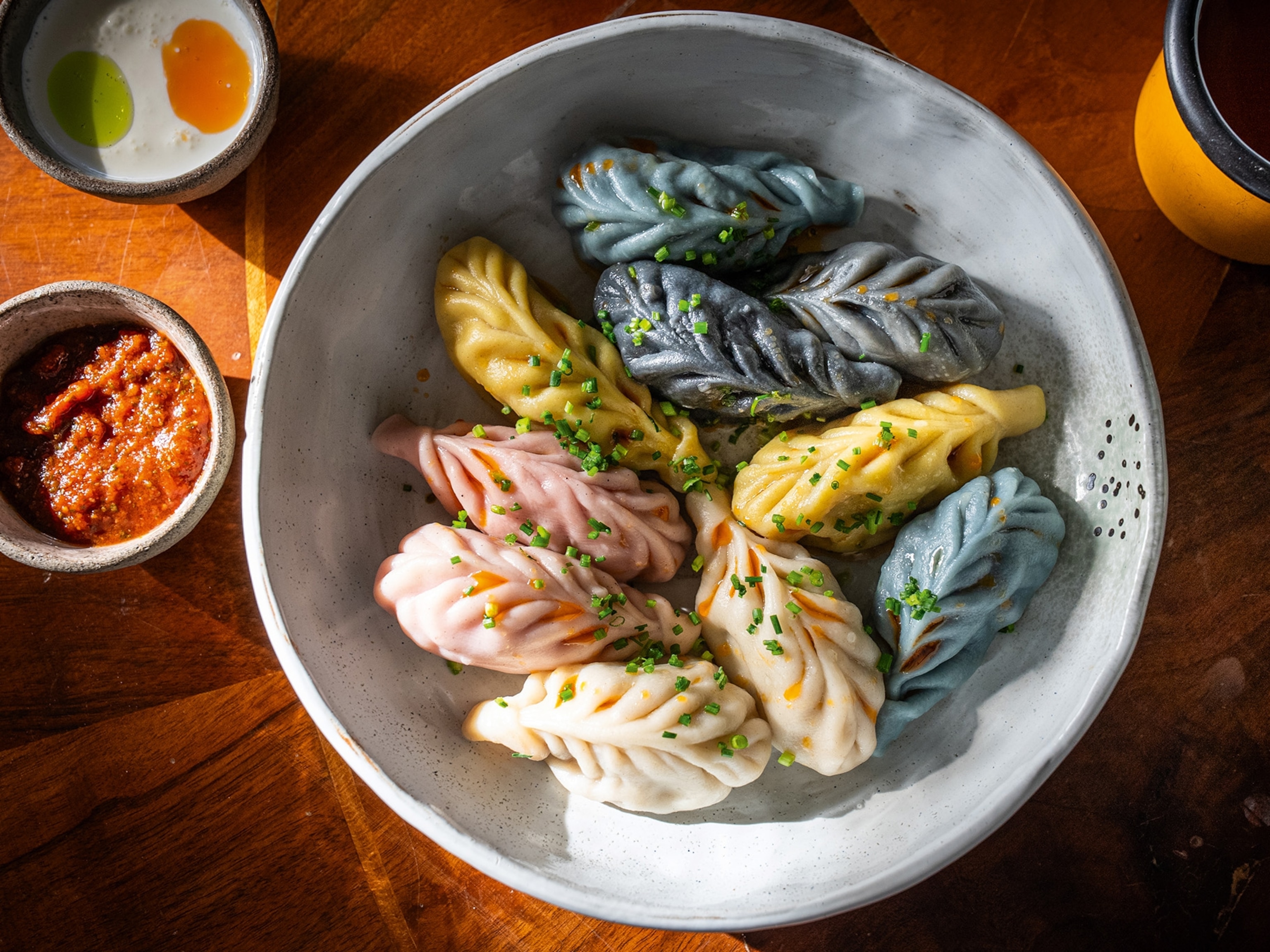
Meet the maker: the Bavarian baker who elevates the art of traditional Easter treats
Easter in Germany is a time of indulgence, when bakers such as Arnd Erbel are busy making everything from dark chocolate hares to plaited loaves.
1 Apr 2021, 17:42 BST — At his 12th-generation bakery in the market town of Dachsbach, in Bavaria’s Middle Franconia region, Arnd Erbel is taking a short break. It’s late afternoon, and he’s just finished looping dough into pretzels; his next task is kneading dough for his Franconian version of an Italian Easter dove, made with candied orange and a fine macaroon crust.
It’s 10 days before Easter, and Arnd and his team are about to embark on what he describes as “the busiest week of the year”. This seasonal baking, which doubles Arnd’s own personal workload, begins a month before Easter. “We start with decorative products for the bakery, so that customers know what will be on offer, then move on to pre-orders,” he says. “People like to know they have their Easter goods.” In Germany, shops are shut on Good Friday, Easter Sunday and Easter Monday, so it’s important bakers are prepared for the last-minute rush.
For many Germans, the Christian symbolism behind Easter rituals may have been lost, but whether celebrations are rooted in religious beliefs or family tradition, Easter in Germany remains what Arnd calls a “fixed festivity”. Eating fish on Good Friday (historically carp, but these days, anything from salmon to sole) is no longer a strict observance of a Catholic fasting day; nor is a symbolic roast lamb on Easter Sunday likely to have first been blessed in church.
For some, the festivities begin on Maundy Thursday. Known in Germany as Green Thursday, the day has come to signify the start of spring and is celebrated by the consumption of fresh herbs and leafy vegetables — eggs with spinach or a cold herb sauce, perhaps, or a vegetable quiche or tart.
But the real treats come from the country’s bakers. Germany’s Easter breads, cakes and pancakes are as varied and plentiful as you might imagine. There’s much regional diversity, and traditional items loaded with religious symbolism are just as popular as kitsch creations that Arnd describes as “not real culture, more like Halloween”.
Sweet, yeasted Easter breads such as hefezopf come plain or studded with raisins and decorated with coarse sugar crystals or slices of almond. Most commonly formed into a plaited loaf, the hefezopf is popular in wreath form, too — and even as ‘nests’ that cradle a single, painted hard-boiled egg. Arnd’s own Easter bread is “a round loaf made with candied orange peel and pieces of almond”. It differs from the usual hefezopf blueprint in that it’s yeast-free — Arnd avoids using industrial products entirely, choosing a long fermentation process instead.

As for Easter cakes, Germany’s favourite is arguably the osterlamm, a pound cake baked in a lamb-shaped mould that Arnd explains is typically served “with coffee on Easter Sunday afternoon, not on its own but in addition to, for example, an apple cake”. Lamb cakes are also to be found on the table on Easter Sunday morning: in a country well known for its generous breakfast spreads, it’s no surprise that this, for many Germans, is the main event. In addition to the usual selection of bread rolls, cold cuts and cheeses, there are eggs aplenty — colourfully painted hard-boiled ones, as well as foil-wrapped chocolates — and sweet, yeasted Easter breads, which are served with optional butter and jam.
There are, of course, also chocolate bunnies — although in Germany, where the Easter bunny originated, they’re not rabbits, they’re hares. Arnd’s bakery makes its own distinct version. “We pour our own dark Swiss chocolate bunnies,” he explains, “using a mould shaped like Albrecht Dürer’s Young Hare.” Right now, however, Arnd’s focus is not on chocolate — the busiest week of the year is fast approaching, so it’s time to head back into the bakehouse and get on with kneading that bread.

Four more dishes on Germany’s Easter menu
1. Aachen Easter bread (Aachener poschweck)
Enjoyed after Lent since medieval times, this sweet white loaf is enriched with raisins, nuts and sugar and cut three times before baking.
2. Kid goat with dumplings (zicklein mit knödel)
For Arnd, a typical Easter Sunday dinner in Franconia is tender kid goat cooked whole and served with baked potatoes or dumplings.
3. North Hessian green cake (Nordhessischer grüner kuchen)
A Green Thursday speciality from North Hesse, this rye sourdough or yeasted bread base is mixed with chopped spring onions or leek and topped with breaded cubes of bacon.
4. Münsterland yeasted raisin pancakes (Münsterländer struwen)
These fat, fluffy yeast-dough raisin pancakes are classic Good Friday fare in Münsterland, where they’re typically served with cinnamon and sugar, or apple sauce.
Find us on social media
Facebook | Instagram | Twitter





